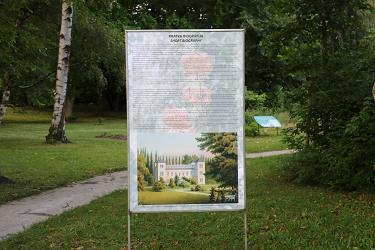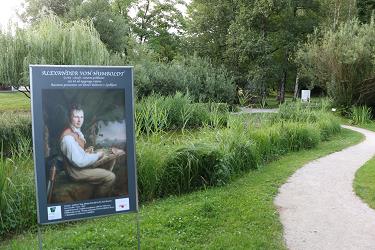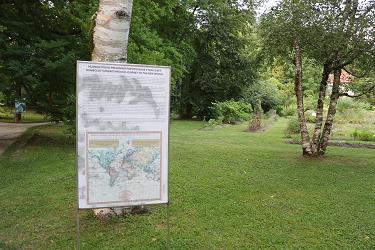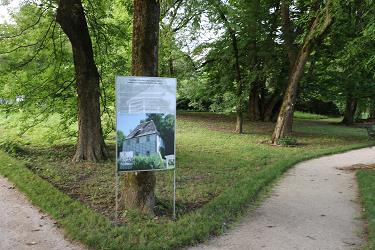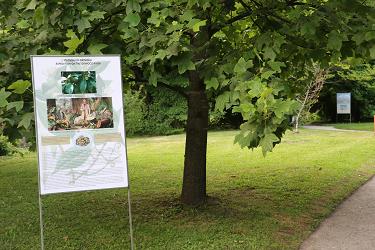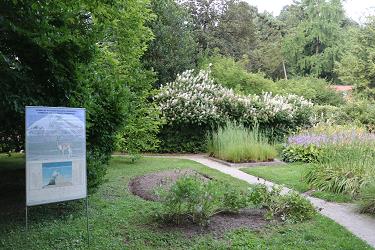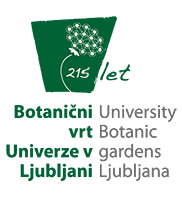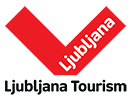After his mother's death in 1796, there was no obstacle for Humboldt to keep his adventurous spirit at home in Prussia. With a sufficiently large inheritance, his dream of travelling was even closer. He immediately undertook intensive preparations in which he provided all the necessary measuring instruments. He also travelled throughout Europe, where he acquired additional knowledge of geology, botany, zoology and astronomy. In Vienna, he studied tropical plants in the Imperial Garden, climbed the Alps along the way and measured the heights of the peaks. In 1798 he travelled to Paris, the centre of science at the time, spreading his network of scientists there and getting to know with the equal enthusiastic and adventurous botanist Aimé Bonpland (29.8.1773 - 11.5.1858). Humboldt recognized him as an ideal companion on his expedition. With new measuring instruments, the knowledge and the desire to reach out to the unknown they were waiting in Paris were waiting for the expedition that would lead them to the world. But it was in vain. Because of the riots in the then Europe, the goal seemed unattainable. They left France and tried their luck in Spain. Charles IV, king of Spain, issued them passports for the journey to the colonies of South America. Finally, the moment arrived and in June 1799 they embarked on the Pizzaro frigate at the port in La Coruño and sailed away. With an intermediate stop at Tenerife, where they climbed to the Pico del Teide, Humboldt and Bonpland in July of that year finally landed on the coasts of New Andalusia (today Venezuela).
“The real purpose of the journey is to discover how all the forces of nature are intertwined and connected. The man has to strive for the good and the great, the rest depends on destiny."
In the New World, the colourful nature of tropical places was revealed to their eyes. They were simply fascinated about nature and they immediately began collecting specimens of plants, animals, and rocks ... Humboldt also measured everything that could be measured. The first thing Humboldt did when he stepped on the floor of the New World was to immediately thrust the thermometer to the sand and he measured its temperature. On another occasion, during the earthquake in Cumana, he calmly prepared his instruments for measuring and measured the seismic wave interval and performed the measurements of electricity.
